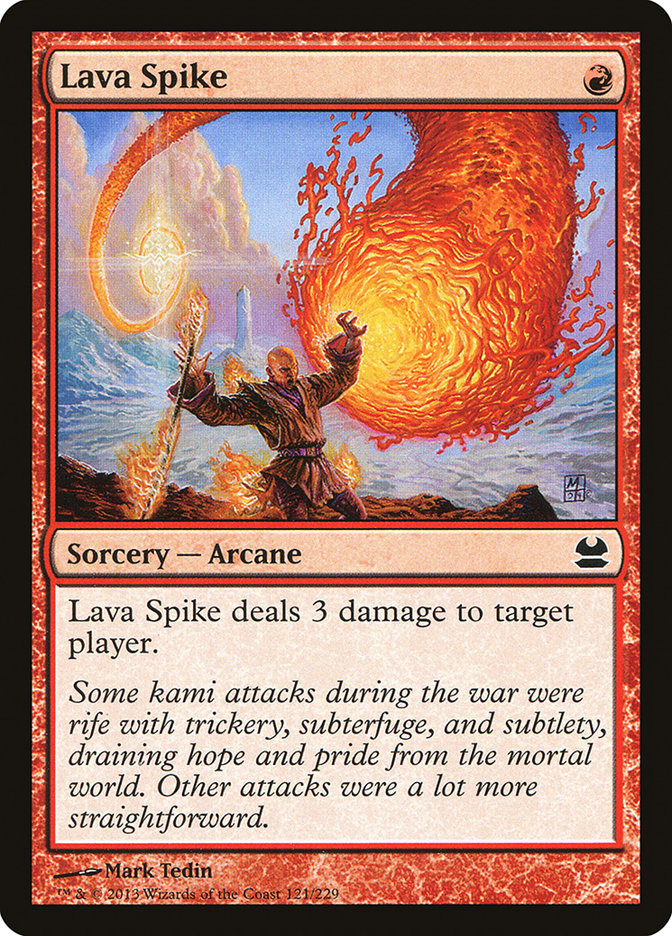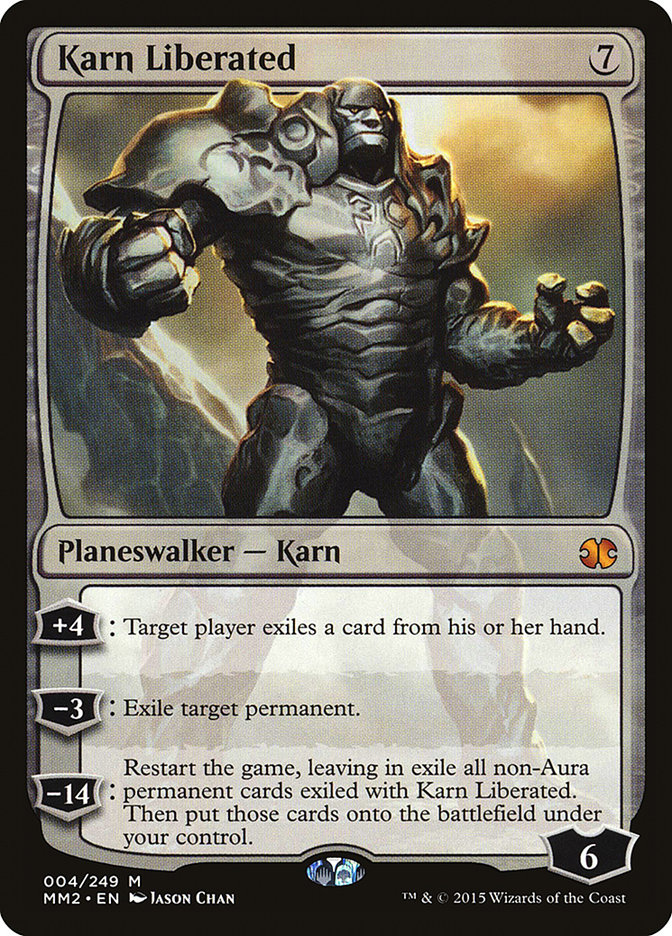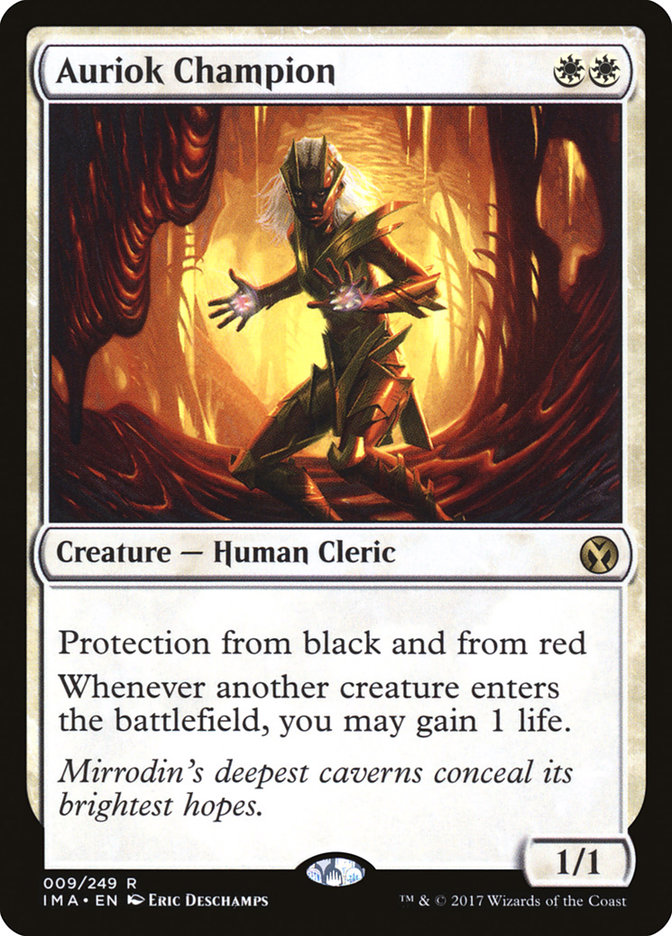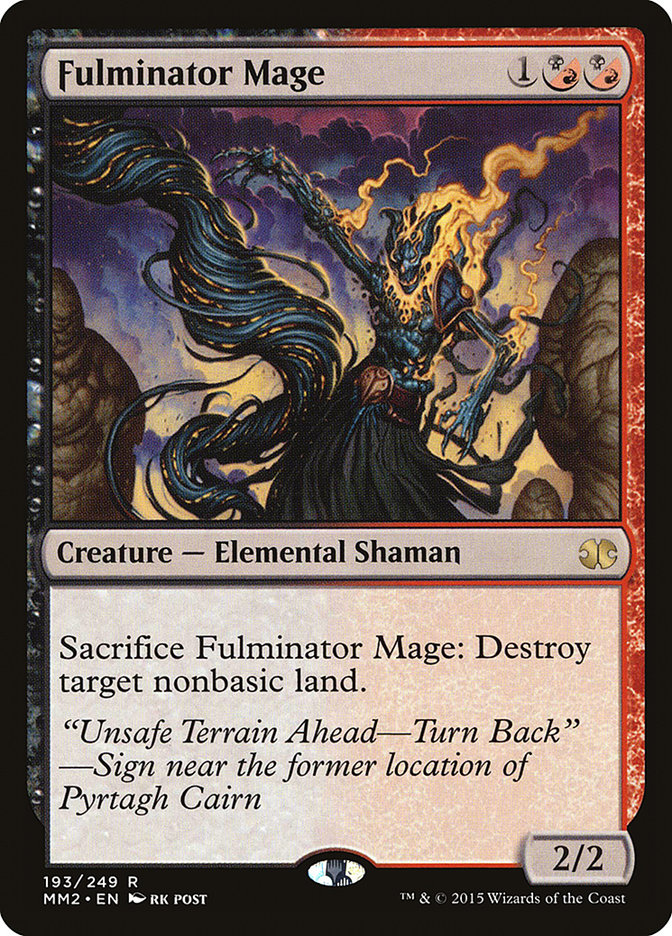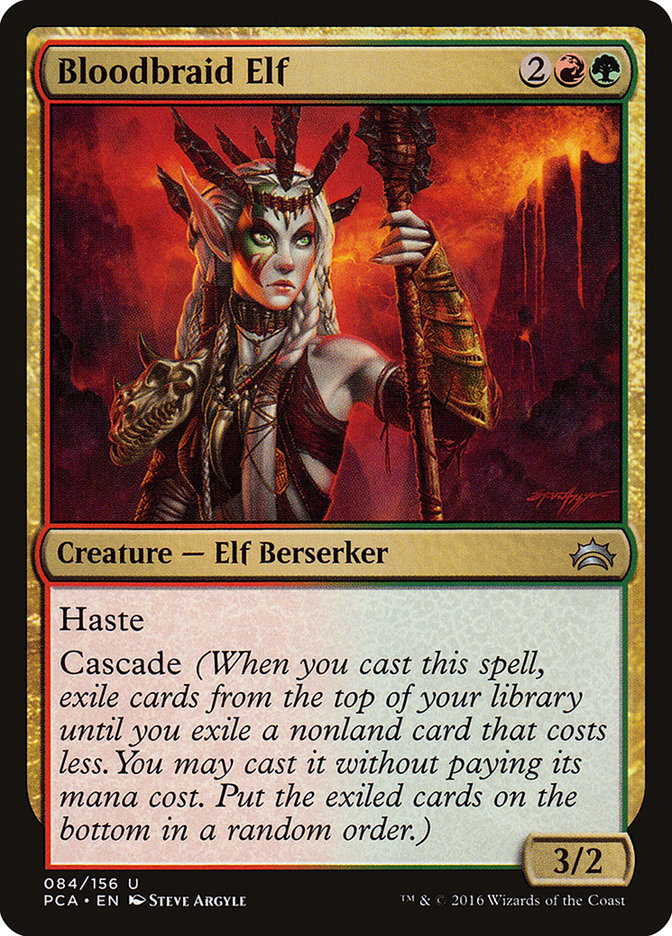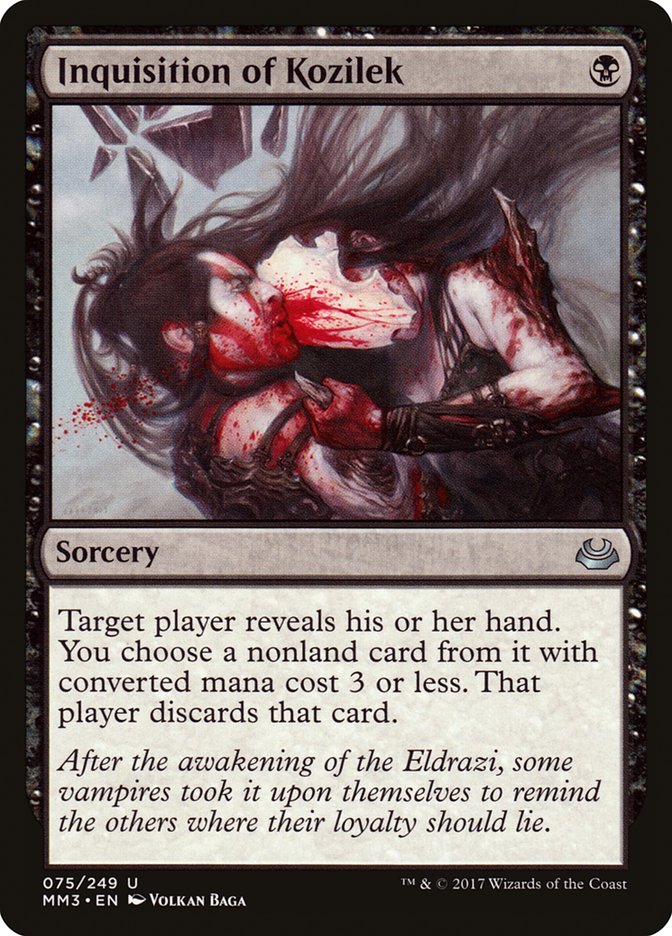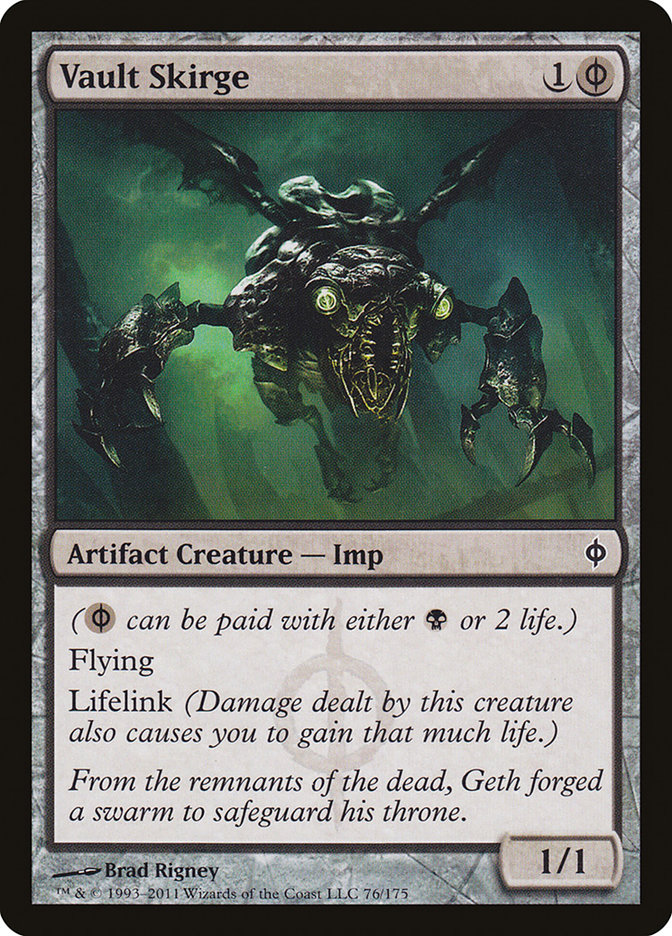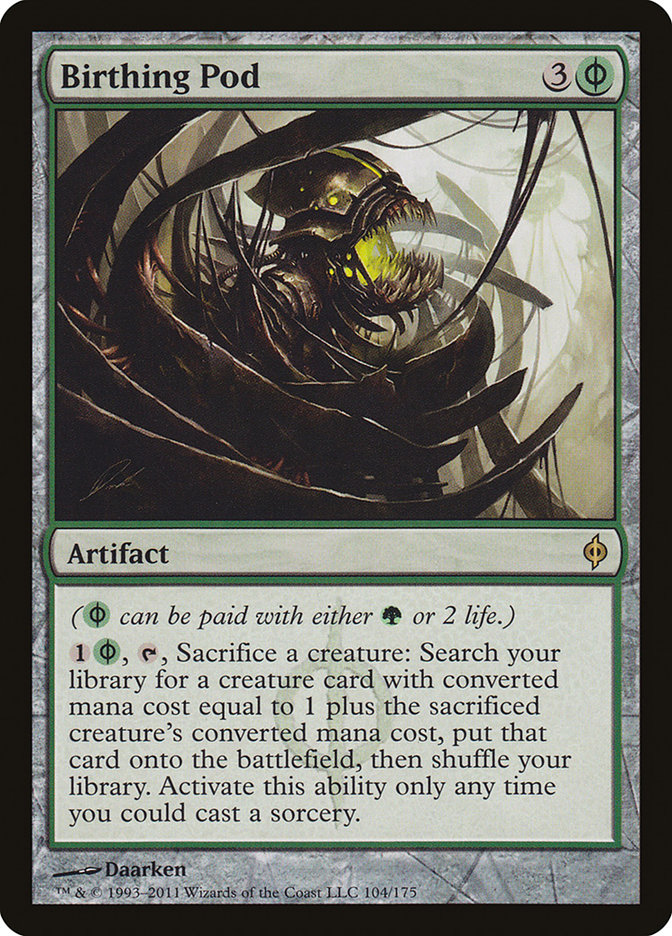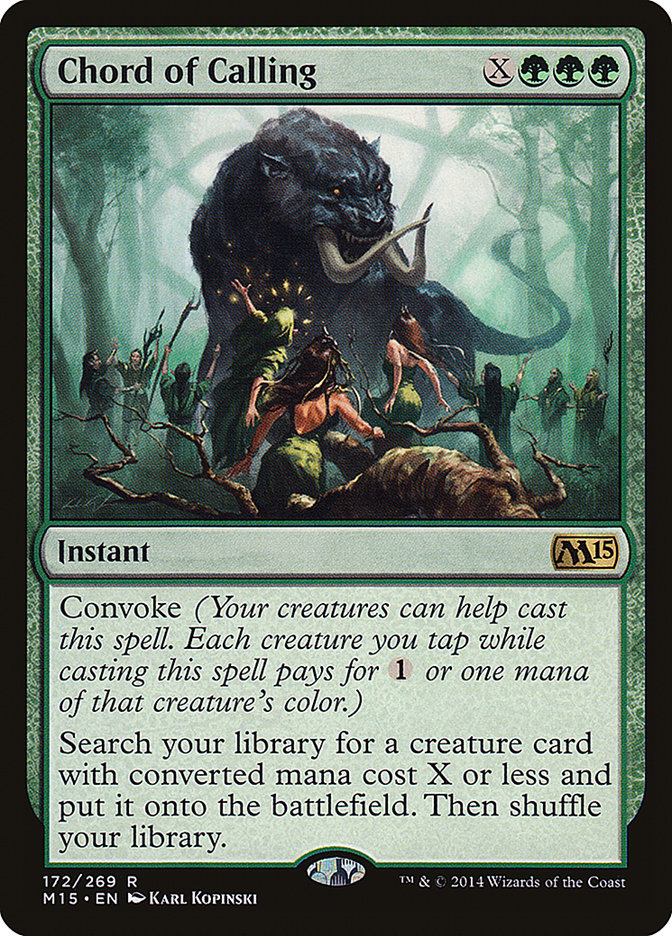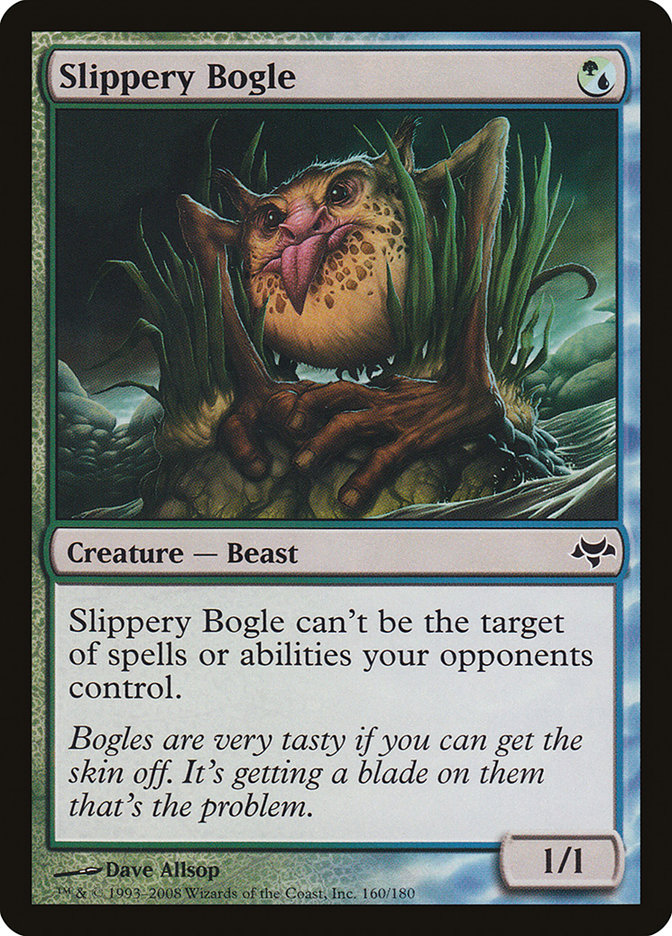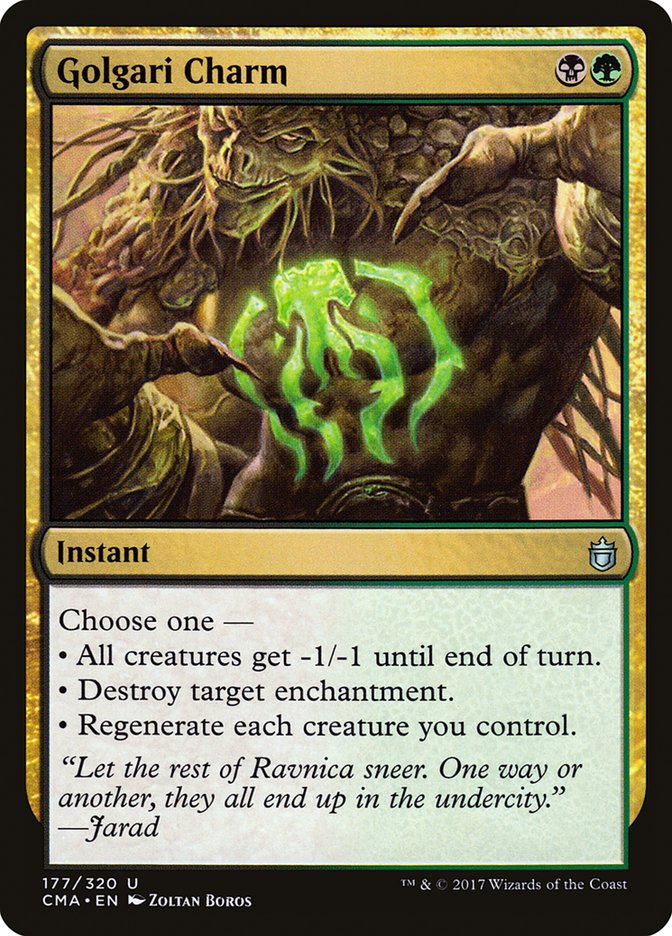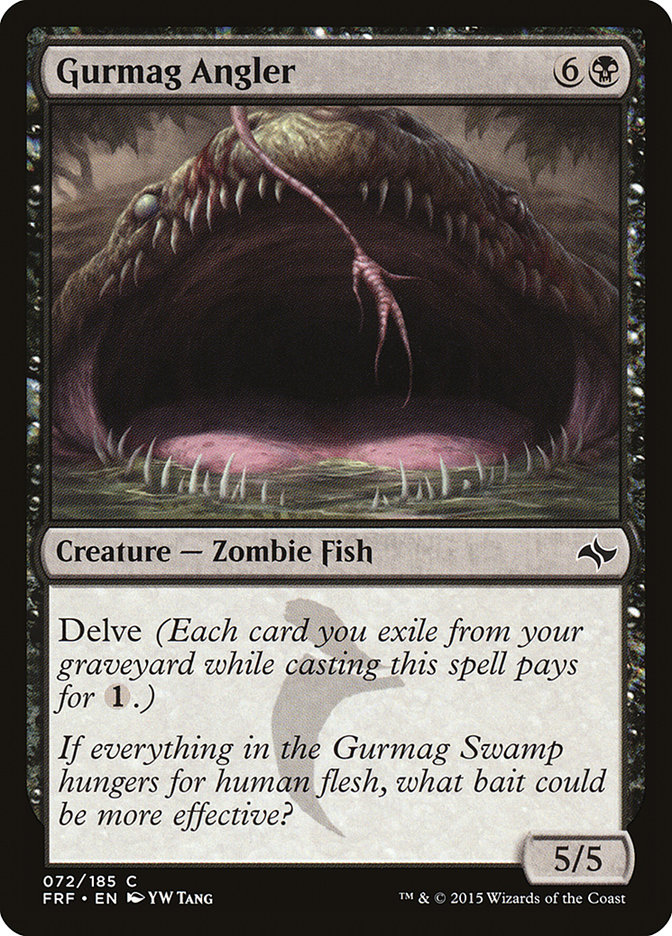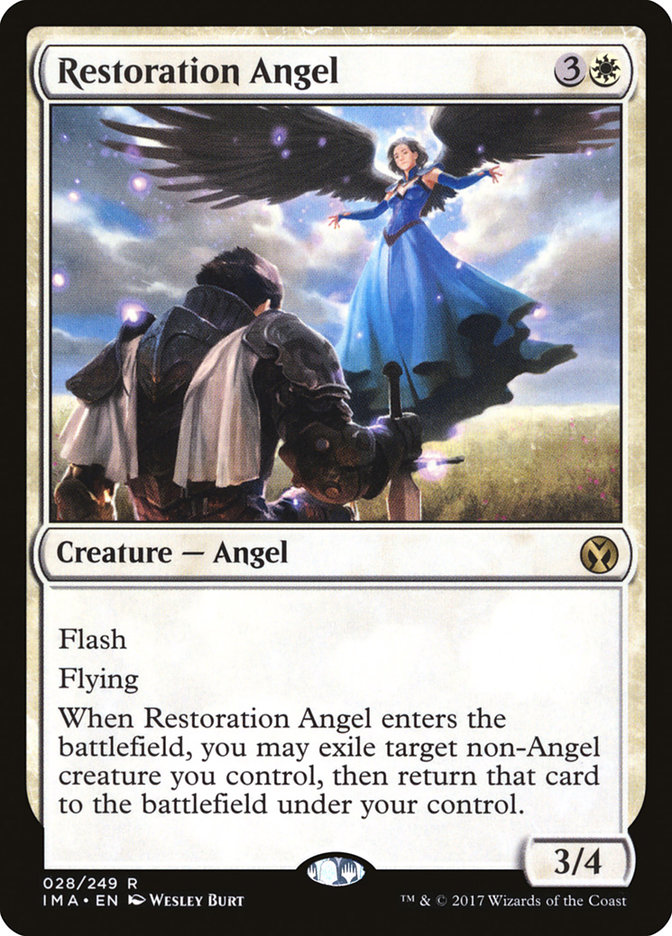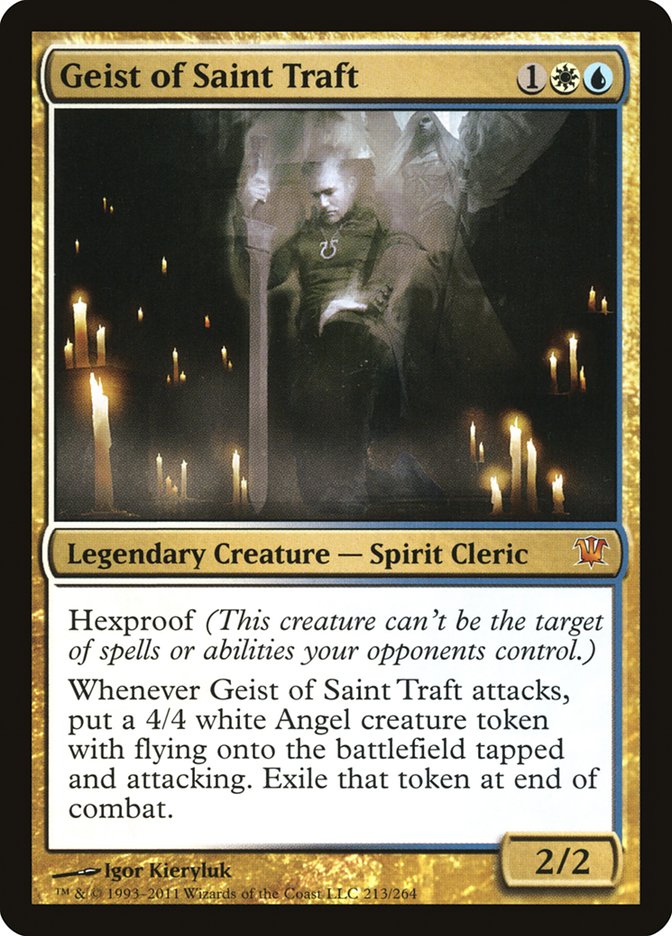SCG Dallas is going to be the first full length Modern tournament in the
Bloodbraid Elf / Jace, the Mind Sculptor era. As I’ve said many times
before, fifteen-round Modern tournaments are a completely different
ballgame than shorter ones as the metagame has time to evolve, so this is
going to be the first real test of what is going on in the format.
My job today is to create a narrative about what is actually happening in
the format given the sudden shock to the metagame.
Just the Facts
Creatures (15)
Planeswalkers (4)
Lands (25)
Spells (16)

The most played deck at the Magic Online Championship was Jund. It did
pretty well.
Creatures (12)
Lands (20)
Spells (28)

The Magic Online Championship was won by G/W Hexproof. It did very well,
with every player selecting it having a winning record (though I may be
counting byes).
The post-unban Magic Online Weekly Challenges were won by Burn, Tron, and
Affinity. Other notables are multiple Top 8 showings from B/R Hollow One,
Jund, and Jeskai. Cool tech of these events? Auriok Champion showing up in
Humans sideboards.
Where Did Jund Come From?
I spoke to a few Magic Online Championship competitors prior to the event,
and a few things popped out to me.
First, when asked about who they were testing with since there weren’t huge
clusters of people like you tend to see for the World Championship. Even
within groups, there wasn’t a consensus because Modern agreeing on the same
deck out of six or seven Standard options is much easier than agreeing on
the same deck out of twenty Modern options. The prime example of this is
Sam Pardee and Josh Utter-Leyton testing together and ending up on Jund and
Burn at opposite ends of the fair-to-linear spectrum.
People also didn’t have expectations of what the other competitors would
play beyond assuming Brandon Burton would play Lightning Bolt and Craig
Wescoe would play basic Plains. There have just been too many curveballs at
these small events over time for that to be reasonable. Jund wasn’t some
weird next level metagame call.
So this wasn’t the normal thing where two groups decide to play the same
deck and then the entire event is basically playing it. This is a bunch of
independent clusters coming to the same conclusion to play Jund. What
happened?
The first part is that Modern was already in a spot where grindy black
midrange was in a good spot. We saw Gerry Thompson and Reid Duke in the Top
8 of Pro Tour Rivals of Ixalan with Thoughtseize decks, and Jund
Death’s Shadow was the only repeat deck between that Top 8 and the follow
up at Grand Prix Toronto. With the unban of Bloodbraid Elf, Jund got to
play the grindy side and the aggressive side of things, capturing the
metagame share of all of the decks I previously listed.
Beyond that, the metagame is still really adjusting to the pressure of
Bloodbraid Elf. In terms of a non-rotating format, Modern is really fast
for people to drop bad decks. Once your deck starts getting bad, your win
percentage flips a lot more than it does in Legacy. This might be because
Modern features a lot more unique strategies, so you don’t have things like
going from 60% versus one Force of Will deck to 40% versus another like you
do in Legacy and instead going from being massively ahead against Burn to
completely dead to Storm.
Where Modern is still slow is people finding and winning with new decks.
Grixis Death’s Shadow took months to come from the original Death’s Shadow
decks, Eldrazi Tron existed for months before becoming a big thing, and the
Fatal Push G/B Tron lists were literally around for a year before everyone
hoped on board. It wasn’t like people played hate for these decks then
suddenly stopped; they just started winning a bit then had metagame share
snowball as a result.
A lot of players in this event were in a weird spot. They had tested for
the Modern Pro Tour, then the unbans had erased all of that. To put things
in context of how much time is needed to do things right, my team of more
than ten people started testing for the Modern Pro Tour in late November.
We did a reasonable job of it. These players were trying to test a
completely rewritten Modern format, in smaller groups because the normal
Pro Tour teams are all trying to figure out Standard for other stuff, in
less time. I heard a lot of “I just asked this person who plays a deck
about it” approaches to preparation, and it didn’t shock me that there
wasn’t a lot of out there stuff going on.
So you have a spot where Bloodbraid Elf Jund is quite good, is beating a
lot of previously good decks that aren’t quite ready for it out of the
format, and there isn’t an obvious answer anyone has found yet. You can’t
be too wrong by playing it, so why not default to that?
The other part was a bit of fear of the unknown. Jace, the Mind Sculptor is
a really dumb Magic card, and the easiest way to beat it is to just throw
Bloodbraid Elf at it. While it suffers a bit from basically being a “new
deck” producing card, Bloodbraid just kind of shows up and does an obvious
thing. There was a chance someone figured out a Jace deck and started
smashing people. Possibly someone named Guillaume who works with someone
else named Guillaume for events, but it could have been anyone.
Exploiting Jund
The weird part to me about Jund is that the lists today are almost the same
as the lists from six years ago when Yuuya Watanabe won the World
Championship with Bloodbraid Elf Jund prior to Return to Ravnica.
That deck was merely good then but not unstoppable. How did we beat it and
what has changed?
One thing that immediately pops out to me about these Jund lists is that
they have a hard time really transforming Bloodbraid Elf cascades into
something consistent. This is just a factor of Modern these days. The old
Standard Bloodbraid Elf decks had a bunch of other four-, five-, and
six-drops in their decks, allowing them to cut all low drops of a category
and always hit crazy stuff with cascades. These days, your only four-drop
is Bloodbraid Elf and there are 40 different decks to sideboard for. You
have 31 other cards you can cascade into that cover a wide range of
effects; the best you can do is make sure to cut the bad ones. The one
exception might be something like Infect, where every cascade hit that
trades for any piece of cardboard is the same and you can get to a really
brutal spot by cutting all your Scavenging Oozes and Tarmogoyfs.
Early in the history of Modern I was all about Affinity and bashed Jund
with it. You would think a drop in Lingering Souls is good, but despite its
latest Modern Challenge win I don’t think Affinity is going to cut it this
time.
Kolaghan’s Command is really dumb against Affinity compared to the prior
answer of Maelstrom Pulse. Always catching two things and working at
instant speed are big deals. Unlike other specific answers it is going to
be real hard to catch Jund players constructing their decks without it
because Kolaghan’s Command is one of the best cards in mirrors and against
blue decks in addition to being the best card against Affinity.
A smaller issue is that the Onslaught fetchlands weren’t in the
format the last time Bloodbraid Elf was around. Again on the note of
Lingering Souls: Jund has always had an issue with random flying beatdown,
and Affinity used to be able to assemble some mediocre Signal Pest beats to
win the matchup. Having a full set of on-color fetches saves Jund a couple
life a game, which is enough to flip a race in a lot of spots.
The other way I fought Bloodbraid Elf variants back in the day was Birthing
Pod nonsense. While the namesake card is banned, Collected Company still
exists to do good work on this front.
The card I didn’t have to face last time was Scavenging Ooze. I played
against it a lot in the years following Bloodbraid Elf’s ban with various
Birthing Pod and Collected Company decks and it sucks. Now that lists are
playing a bunch of that alongside Bloodbraid Elf to find it more-and Dark
Confidant, another must kill threat–I have real concerns that the Kitchen
Finks and Eternal Witness core is not going to work out.
Let’s talk about the most successful contenders: G/W Hexproof, Tron, and
Burn. All of these decks share two things: they are good against Bloodbraid
Elf into a removal spell or creature and they don’t fall to
Kolaghan’s Command. None of them are doing anything special these days,
though I will point out that maindeck Leyline of Sanctity in Hexproof has
been stock for months and that Josh Utter-Leyton was moving in the right
direction with less Eidolon of the Great Revel against Jund decks that are
pretty good at beating you down and punishing you for taking damage from
it.
The one thing I expect to see as an immediate reaction to G/W Hexproof is a
slight uptick in Abrupt Decay, but the real smart players are going to find
room for a Golgari Charm or two in their sideboard. It covers Leyline of
Sanctity, it covers their normal nonsense, and it can cover their
anti-Liliana starts that expose multiple one toughness creatures prior to
enhancing them. It also wrecks Affinity, much like everything else going on
in Jund these days.
The other gap that looks relatively easy to exploit is that the current
Jund lists lean hard on Liliana of the Veil to kill creatures that fall
outside of Fatal Push and Lightning Bolt range. This is where B/R Hollow
One falls with Bloodghast as the best protection for Gurmag Angler. Maybe
it isn’t quite time for the delve threats to disappear if Jace’s Unsummon
is less of an issue than this.
Of course, this deck also has to contend with Scavenging Ooze, so it might
be time to find another big doofus to hit people with. Given that everyone
has moved their Terminate slots to sorcery speed Dreadbores, I think it
might be time for some haste and flash to get back in there. Back in the
day, Thundermaw Hellkite was a big deal that handled Lingering Souls tokens
and Stormbreath Dragon won a Modern Grand Prix, but these days Glorybringer
might be the best Dragon for the job. In midrange slogs getting the
immediate card of value off of it is a big deal, and it still does the
whole fast flying clock thing if necessary. The fifth point of power on
Thundermaw Hellkite does matter against Liliana of the Veil at times, but I
would want to try the card that lights their normal creatures on fire
first.
On the flash side, I would take a look at Jeskai “Twin” where your
Restoration Angel can re-up Snapcaster Mage or Wall of Omens and also
combos with Kiki-Jiki, Mirror Breaker. I’m not quite sure how to balance
the high drop numbers between Angels, Jaces, and legendary Goblins, but it
feels like it should be doable.
Or it could be time to just go Naya Value Town, similar to the deck that
Gerry
labeled “Unplayable Modern Cards with Bloodbraid Elf” last week.
The Jeskai list with Restoration Angel is also a good start for those of
you not inclined to make a literal million creatures.
I have kind of ignored Jeskai in my discussion here as I’m not exactly sure
what to do with it. The control decks that have put up results have all
been very different.
I think that Lightning Bolt is a pretty bad card right now for these decks
as even though it is another way to answer threats from Bloodbraid Jund, it
is also walking right into their game plan. You are putting yourself into a
spot where you can draw more one-for-ones and more mismatched answers,
which is how you lose. You might need a couple just to cover your bases,
but this isn’t the Death’s Shadow format where your opponent dies to a
couple Bolts and a Celestial Colonnade hit. Detention Sphere is also a card
you should absolutely not be playing, especially if more Abrupt Decays are
going to show up. If you want something to cover a lot of what these cards
are doing, play a couple Celestial Purge in your sideboard.
Remember: This Is Modern
While this article focused mostly on Jund and the fallout of that one deck,
I think it is important to remember that Modern is still Modern. Jund is
just the deck exerting the most pressure on the metagame. In rounds one
through six you are going to have to play against a bunch of stuff. All of
the non-Jund decks that were successful also share the fact that they do
busted stuff that beats all of their Skred Red opponents or whatever
someone decided to show up with. Not everyone is going to want to run out
of their house and spend eight trillion dollars on Liliana of the Veil.
Playing some silly Martyr of Sands deck isn’t going to cut it. Please show
up with a deck that can compete with an open field and Jund or you will get
Karn Liberated into oblivion.


